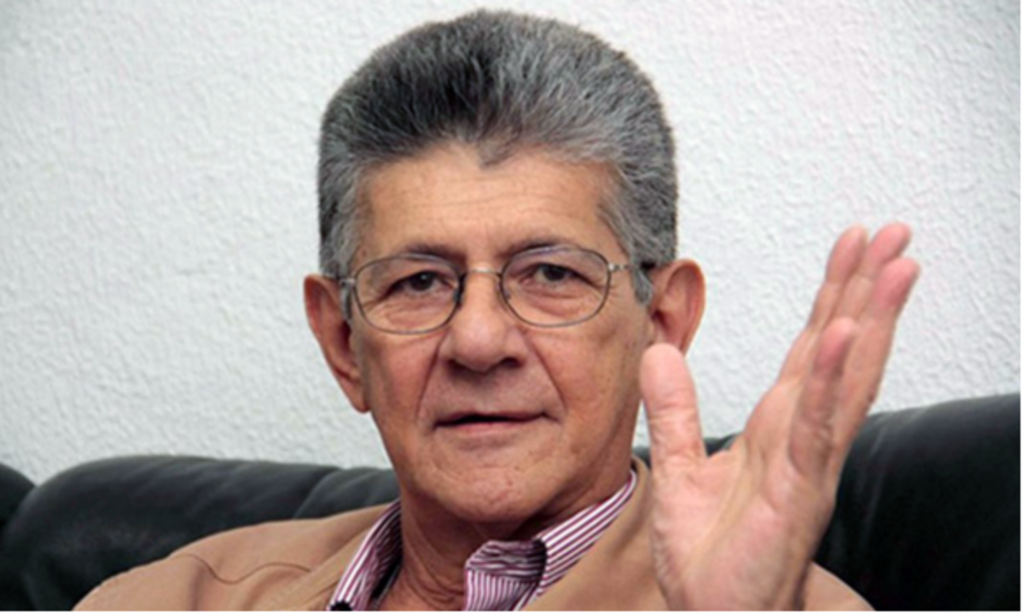The report released by the Federal Reserve to explain its decision to lower rates for the third time this year will make the Dominican Central Bank much more cautious in reducing its monetary policy rate from now on, although this will not This means that it will refrain from making new reductions, since it still has room for it.
The Fed president wanted to record, after the decision, the change in emphasis, not policy, by expressing: “…we can be more cautious when considering new adjustments.”
There are many factors that the BCRD evaluates in its rate decisions, but there are two that stand out: the behavior of the inflation rate and the gap between the domestic policy rate and the Federal Reserve’s monetary policy rate.
The first factor is fundamental, since the main role of a central bank is to prevent prices from getting out of control. And along those lines, the latest BCRD report on prices has been positive: the consumer price index (CPI) experienced a monthly variation of 0.16% in November, placing interannual inflation at 3.18%, which kept it in the range goal for twelve consecutive months. In the case of inflation, it is expected that the period will be longer to reach the 2% goal, which is not expected to be achieved until 2027, although it would remain at levels that do not force the BCRD to change its flexibility policy now. .
One of the reasons why the BCRD has been successful in managing monetary policy is that its decisions have tried to avoid a widening of the gap between the Fed rate and its rate to prevent this from becoming a disincentive. for foreign investment.
That risk is not yet present. The market assumes at least two rate cuts for next year.

















